Real Estate/ PARIS
Parisian buildings by architects from the 1930s: a heritage with added value.
By Emmanuel Monvidran
During the inter-war period, the 1930s marked a great expansion of modern architecture in the capital. Following in the footsteps of Art Nouveau, this emerging movement broke with the decorative, characterised by innovative forms and designs that used new materials such as metal and reinforced concrete. The profile of these Parisian buildings combines simple, almost cubist volumes, right-angled facades devoid of any ornamentation, rectangular windows surrounded by thin black metal frames. A constructive earthquake! A stroll through the streets of Paris and its inner western suburbs reveals some pretty remnants of this period. The names of their most famous architects, whose aura has spread beyond our borders and remains engraved in posterity? Born in 1887, Le Corbusier, whose real name is Charles-Edouard Jeanneret-Gris, is undoubtedly the most famous of them. Between 1931 and 1934, he built a collective building with his cousin Pierre Jeanneret at 24 rue Nungesser et Coli, straddling the Porte Molitor, in the south of the 16th arrondissement, and 23 rue de la Tourelle, in Boulogne-Billancourt. Named “Le Molitor”, not far from the famous swimming pool of the same name, this 7-storey building with a total of 14 flats is topped on the last two levels by a workshop-apartment with a roof terrace. Le Corbusier lived here from 1933 until his death in 1965. With its free plans and facades authorised by the use of vertical posts and a reinforced concrete structure, this architectural icon, an archetype of the “Radiant City” advocated by this architectural theorist, quite naturally found its place in 2016 on the prestigious Unesco World Heritage List.
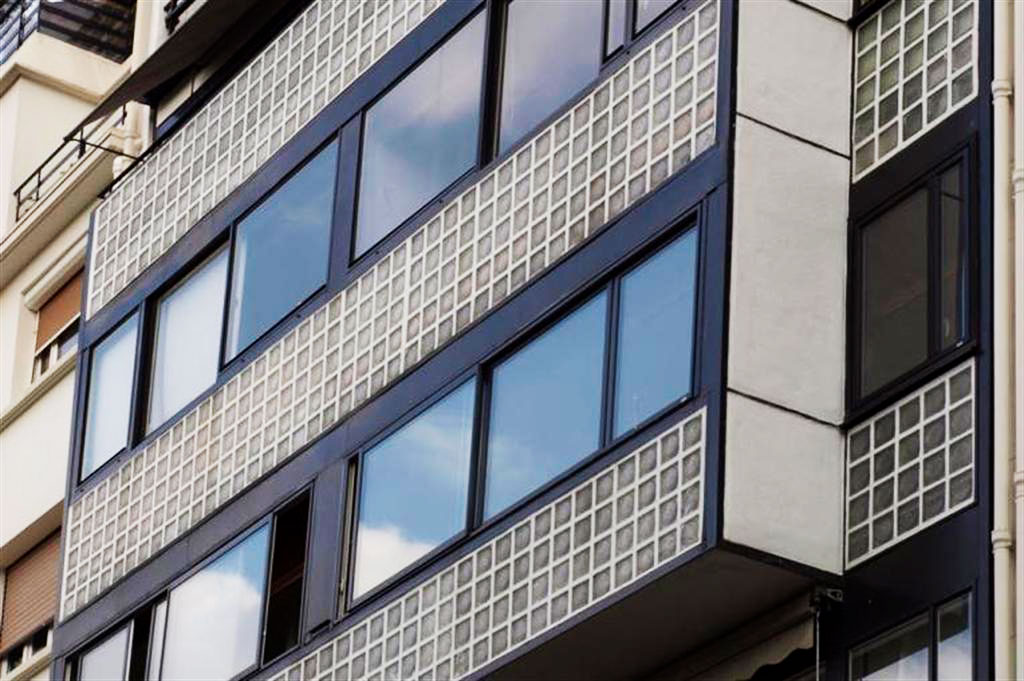 Rue Nungesser et Coli
Rue Nungesser et ColiThis type of building with geometric facades is found under the signature of Robert Mallet-Stevens (1886-1945). In a small cul-de-sac in the Auteuil district, an alley 77 meters long and 7 meters wide bears the name of this architect. It concentrates a string of 5 private mansions, adjoining or adjoining other rich dwellings. Very different from each other, these minimalist residences unfold their terraces in tiers to form a particularly atypical residential complex. At number 12, at the corner of rue du Docteur-Blanche, was the home and architectural office of Robert Mallet-Stevens. Raised by two floors in the 1970s, this five-storey building still houses the master’s flat, recently sold by Consultants Immobilier. Because calculating the domestic and financial value of these attractive dwellings cannot be improvised!
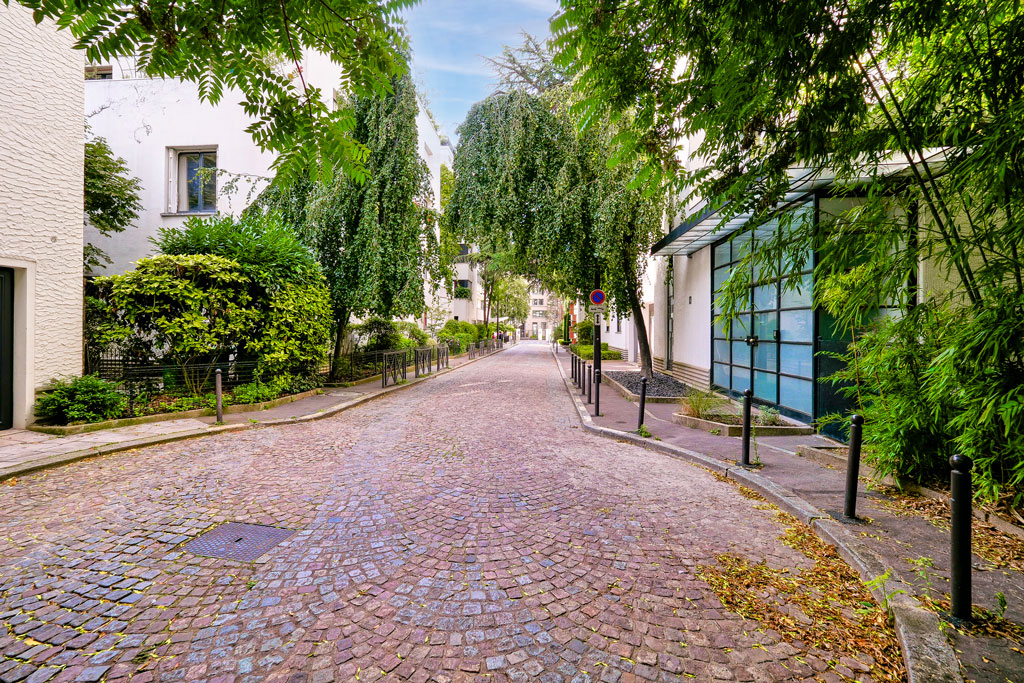 Rue Mallet-Stevens
Rue Mallet-StevensThe presence of a building listed as a historical monument or recognised as an outstanding example of the architecture of the period adds an undeniable heritage cachet, likely to attract potential enthusiasts of modern and historical architecture of the period. However, it is important to note that the value of a property depends on several factors such as the location, the general conditions of the building and the characteristics of the flat itself. It is therefore recommended to consult an expert from the Consultants Immobilier group to assess the real value of these 1930s nuggets.■
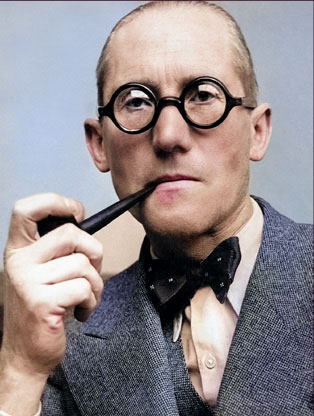 Le Corbusier
Le Corbusier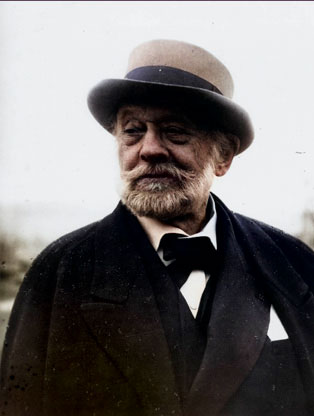 Auguste Perret
Auguste Perret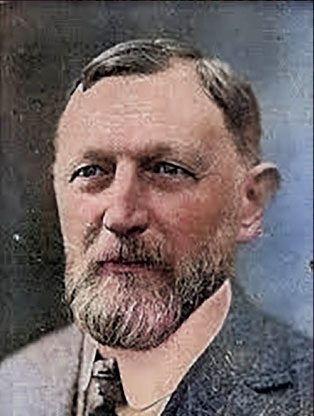 Henri Sauvage
Henri Sauvage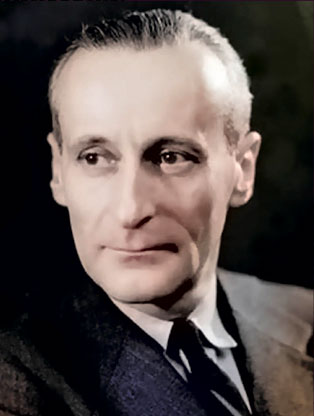 Robert Mallet-Stevens
Robert Mallet-Stevens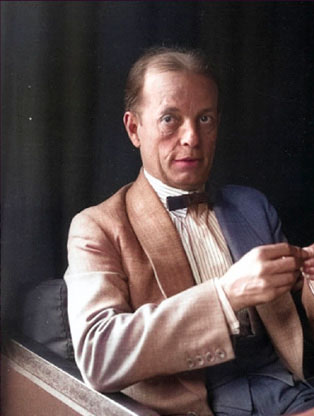 Pierre Patout
Pierre Patout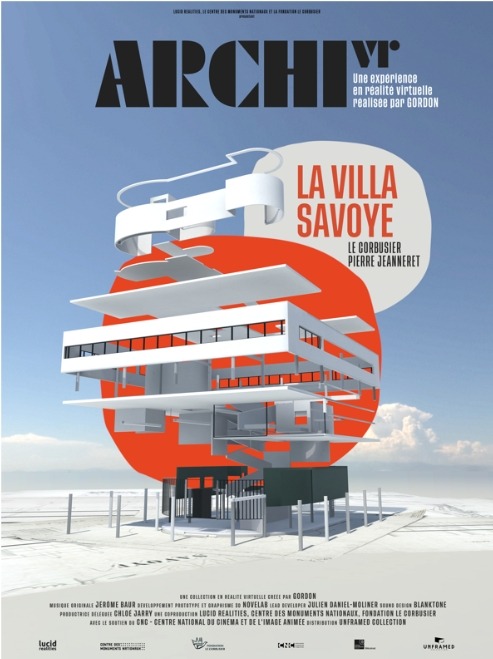 copyright : Centre des Monuments Nationaux
copyright : Centre des Monuments NationauxInteractive exhibition
From 18 February, the public is invited to experience a new virtual reality tour at the Villa Savoye in Poissy. In the garage of the villa, the visitor, sitting or standing, equipped with an interactive headset, begins a 10-minute journey through time. Punctuated by Madame Savoye’s memories, this virtual reality experience immerses the public in the history of the creation of the Villa Savoye by Le Corbusier by moving from room to room. After discovering the first sketches and architectural concepts of this great architect, the visitor is immersed in the construction phase where the construction techniques and materials, milestones in the history of architecture, are presented.